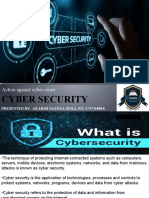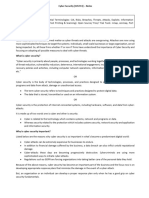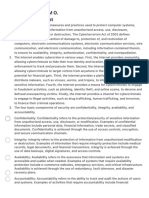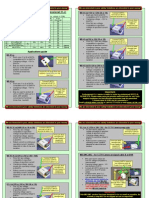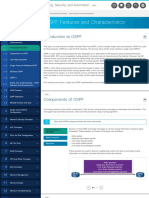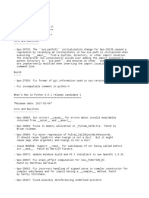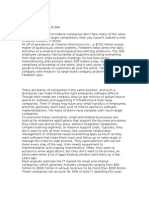0% found this document useful (0 votes)
111 views55 pagesApplication Security Vulnerabilities-Part1
This document provides an overview of application security vulnerabilities. It begins by defining security and the CIA triad of confidentiality, integrity, and availability. It then discusses the cybersecurity cube model and various types of cyber attacks such as denial-of-service attacks, man-in-the-middle attacks, and zero-day exploits. Examples of attack tools like malware, viruses, worms, and keyloggers are also covered. The document concludes by defining different types of malware that cyber criminals use to target users' devices.
Uploaded by
issa.i.shabanCopyright
© © All Rights Reserved
We take content rights seriously. If you suspect this is your content, claim it here.
Available Formats
Download as PDF, TXT or read online on Scribd
0% found this document useful (0 votes)
111 views55 pagesApplication Security Vulnerabilities-Part1
This document provides an overview of application security vulnerabilities. It begins by defining security and the CIA triad of confidentiality, integrity, and availability. It then discusses the cybersecurity cube model and various types of cyber attacks such as denial-of-service attacks, man-in-the-middle attacks, and zero-day exploits. Examples of attack tools like malware, viruses, worms, and keyloggers are also covered. The document concludes by defining different types of malware that cyber criminals use to target users' devices.
Uploaded by
issa.i.shabanCopyright
© © All Rights Reserved
We take content rights seriously. If you suspect this is your content, claim it here.
Available Formats
Download as PDF, TXT or read online on Scribd
/ 55










